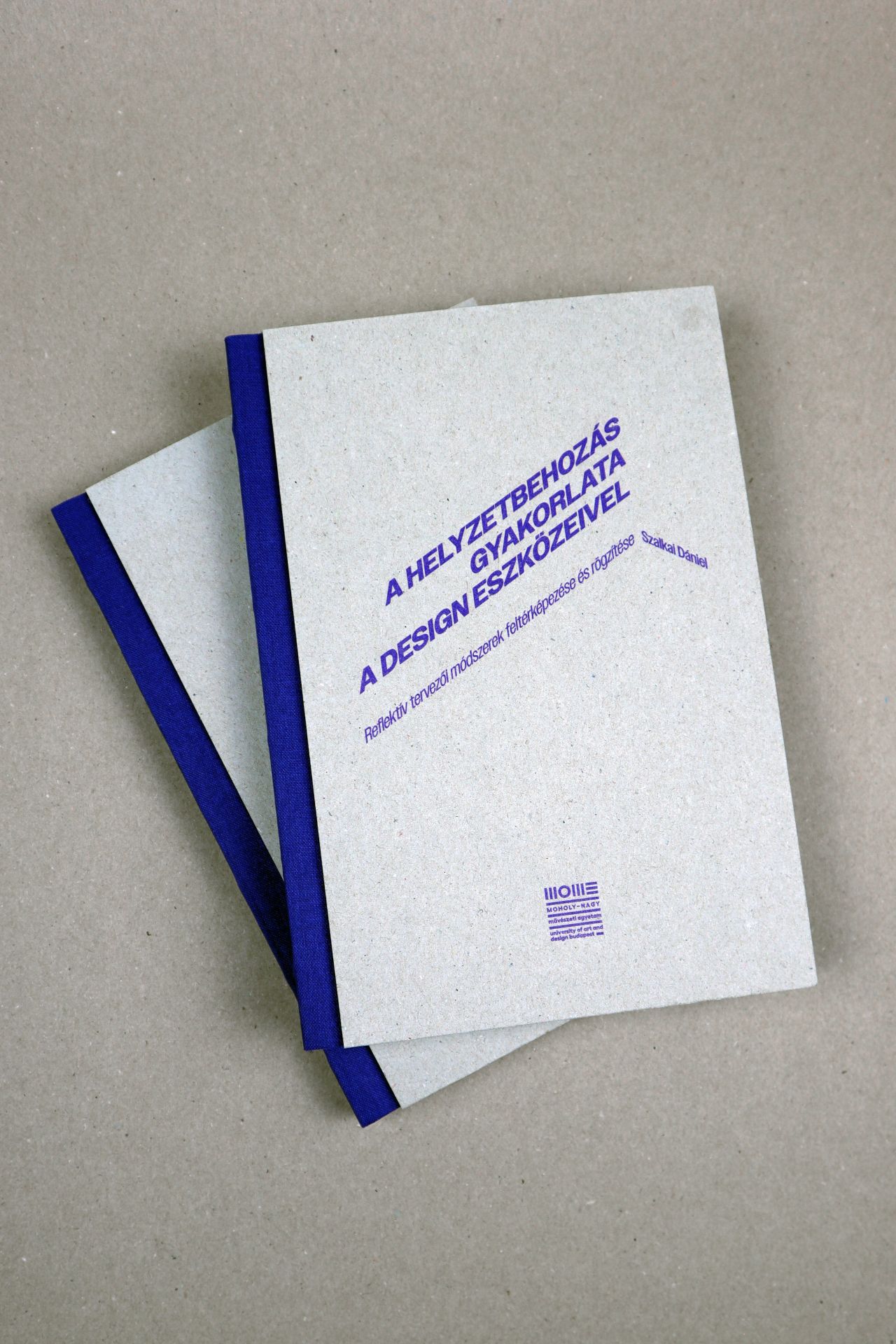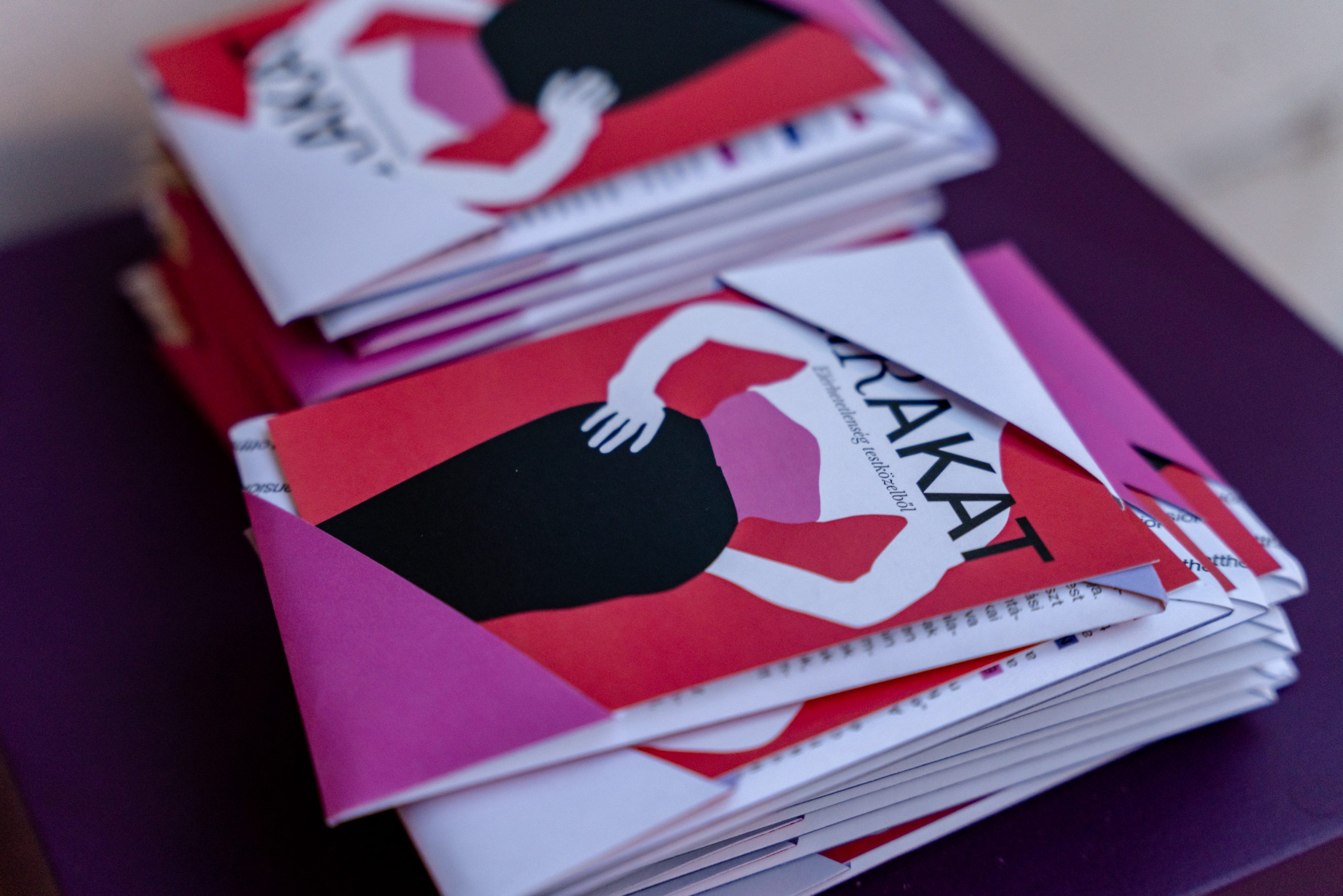

“In my home, I am the creator and the master” – The psychology of home
When do you start calling the place where you live home? For me, it was several months after moving, while sitting at a table in the pub with friends, that I was first struck by the feeling that I was looking forward to returning to my apartment with its still slightly sterile feel but already familiar smell. Slowly, imperceptibly, that driftless feeling of not having a home faded away, and that strange place became a refuge, where, to paraphrase Vilém Flusser, “I can take refuge after provocation”. This phenomenon, identified as at-homeness by environmental psychology, is explored by the Transient Items, Transient Landscapes exhibition put on as part of the scholarship programme launched by the Deák Erika Gallery at MOME.

On the left, there is a gigantic, embroidered tapestry; on the right, a wafer-thin washi paper dressing gown; in the corner, a vase with a tiny icon. Stepping inside the space featuring the works of Sára Gink, Karina Mendreczky and Járay Katalin Kortmann, we encounter the familiar aesthetics of our home. At the same time, facing an abstract replica of a private, intimate space at a gallery raises the question what role home plays in our identity. As alluded to by the winner of the curator call Ajna Maj in her concept description, this topic was lent particular relevance by the lockdown. Today, the experience of confinement is but a memory lying dormant in our collective consciousness. The exhibition is therefore serves chiefly as an eternally valid exploration of man and his home through a variety of disciplines.
Home making is such an intriguing process precisely because, despite the self-evident ease with which it is performed, it represents an extremely complex interrelationship. According to environmental psychologist Andrea Dúll, also quoted in the exhibition description, the process of making a home and settling in is made up of general moments satisfying basic human needs as well as spiritual moments. On the one hand, the process originates from human territorial behaviour, which first prompted man to surround himself with some sort of private fortifications. On the other, there is a sacral relationship to the home, described as “the mythological dimensions of architecture” by Elemér Hankiss in his book Fears and Symbols (Osiris Kiadó, 2006). Through magic and various rituals, such as the rite for blessing homes, a dwelling place also provided protection against supernatural forces in addition to physical security.
The earthly and the sacral together combine to create the at-homeness experience, enabling us to perceive a room regularly used by us as an extension of our physical being and an integral part of our identity.

In the spiritual relationship to our living space, relics and home altars with a traditionally transcendental charge were major components of at-homeness. Though they are still present in some homes, in addition to or in lieu of them, everyday items and keepsakes carrying an extra layer of meaning also play a similar, sacral role. Through them, we inhabit spaces, and highlighting or concealing them is a conscious or sometimes unconscious act of self-expression. Exploring the exhibition room interior furnished with the object sculptures, textile works, and photo installations, we stop by and muse over the concrete rotary dial phone, or the bench and pillows upholstered in a velvety mould colony print fabric, as we are rushed by memories. Our steps are etched into the fine-grained sand scattered around the ground installations that serve as a metaphor for the passing of time or for the whirl of assembling and disassembling memories. Printed on blankets or incorporated into a metal spiderweb, blurry faces of bygone times stare back at us. Though remaining unrecognised, they appear so utterly alien and at the same time familiar that they might as well have come from our own family photo album. Similar objects in our home hold our essential, transgenerational memories that could help deepen our at-homeness experience and transform it into bonds to our place.

As suggested by the title of the exhibition, the personal items around us and the emotions and memories they stand for can provide a transient feeling of security in times of uncertainty or difficulty. Thinking back to the consecutive lockdowns, we can recall the ambivalence of the feelings – the comfort and at the same time alienation – experienced at being confined within the walls of our home and the nostalgic memories they held. Doubtful though the progressiveness of this conduct may be, ideally, the spaces and items of our home can help strengthen and reinforce our identity, while enabling us to face all that is waiting outside our doorstep. Or, to quote Flusser, “We provoke the world from there. We take refuge to here after provocation.”



/ //
The Transient Items, Transient Landscapes exhibition is open until 17 February 2023 at the Deák Erika Gallery.
The title of the article is a quotation from Fears and Symbols byElemér Hankiss (Osiris Kiadó, 2006).


